Avila Tourism Information
Ávila, is the capital of the Spanish province of the same name, located in the centre of the Spain, northwest of Madrid. Sheltered by the Sierra Gredos Mountains, Ávila, is a World Heritage City. It’s best known for its intact medieval city walls, with more than 80 crenelated, semicircular towers and 9 gates, including the arched El Alcázar, on the eastern side. Many of the towers are even walkable, making for some incredible views! At night, the lighted walls and streets are a distinctive view worth photographing and enjoying some authentic spanish gastronomy as you sit outside on the terrace, of the many restaurants located at the main square, Plaza Mayor.
✔️Tip: The best time to come to Avila is either in the morning or after 17.00h to not find places closed for the siesta brake, especially in smaller cities like these, there is not much to do from 14-17h except eat and drink! Also take note that July and August are not suggested months to do tourism here, due to the high temperatures reaching +40 °C during the day!
Avila is probably best visited during spring or Autumn, when the weather is usually warm and often sunny. May, June, September and October are particularly pleasant months, with very warm weather and sunny days. Summer's despite being high season, are not recommended to visit for active tourism, unless you like 35°C+ during the day!
The rest of the year its more pleasant with temperatures averaging between 15°C to 25°C. Autumns are also very pleasant in Avila, with reasonably high temperatures and plenty of sunshine. Due to the altitude of Avila, winters are renowned for being quite cold, with temperatures reaching sub zero at night and not more than 10-13°C during the day.
Getting to Avila is accessible by train or bus from Madrid. The trip takes 75 minutes drive or just over an hour by train from Madrid. Busses are frequent and can be taken from Madrid, at "Estacion Sur" located at Metro station Méndez Álvaro on line 6. Alternatively, trains (cercanias trains) can be taken from Atocha station or Chamartin station. Tickets cost about €10 one way.
In any of the restaurants in the city you can discover the excellent gastronomy of the area. Some excellent dishes are roast suckling pig and lamb, as well as the famous Ávila T-bone steak. The veal and the El Barco de Ávila beans have their own Designation of Origin. The cakes in Ávila are famous mainly because of the yemas de Santa Teresa (made with egg yolks and sugar).
There are some great restaurants as well offering traditional Spanish food. Cheaper prices can be found at restaurants out of the wall, rather than inside the castle grounds.
For drinks, try famous Spanish wines, red or white, from Avila itself.
Behind the city walls there is a valuable set of churches and Renaissance palaces that bear witness to the past wealth of the town as a textile centre. Avila is very popular for tourists for its historical old town located within one of the best preserved castle walls in Europe, built in the XI century. Within the walls, it's possible to walk along the walls themselves for €5 or walk freely around the town admiring the numerous churches, Cathedral with it's museum, cobbled stone streets, town square, monasteries, cloisters etc.
Below you can find out more about what to see in Avila:
Being the birthplace of Saint Teresa of Jesus has left its mark across the city, both inside and outside the city walls, with a large number of religious buildings linked to the saint's life.
Ávila's long history begins with the old Celtiberian settlement of the Vettones around the year 700 BC. When the Romans arrived in the 3rd century BC, the first wall was built and Ávila became an important defensive location. After several centuries of decadence, the city was repopulated and rebuilt in the 11th century. The symbol of the city is the wall, one of the best preserved walled sites in Europe. Its perimeter is two kilometres and a half, with about 2,500 battlements, 100 towers, 6 doors and 3 secondary entrances. Inside the walls, you can see the cathedral, (pay per view) which looks like a fortress and was built between the 12th and 14th centuries. The Diocesan Museum holds different works of art, amongst which a monumental processional monstrance by Juan de Arfe stands out. Within the city walls, there are medieval corners, like the Plaza de los Dávila, with more than twelve Renaissance noble houses, including the mansion of Los Velada, the palace of Los Valderrábano and of Núñez Vela.
But the most surprising construction in the area is Los Dávila Palace. It is a solid fortress made up of four houses and the oldest was built in the 13th century. The Plaza del Mercado Chico, where the old Roman forum used to be situated, is the city centre. The façades of the Town Hall and of the Church of San Juan are facing the centre. The church was rebuilt in the 15th and 16th centuries.Throughout its history, Ávila was the birthplace of famous Spanish mystics such as Santa Teresa de Jesús and San Juan de la Cruz. This is why there are many churches and convents scattered round the city. In the Plaza de la Santa there is a convent of the same name, built in 1636 on the birthplace of Santa Teresa de Jesús.
Outside the walled area is the Monastery of La Encarnación, built in the 16th century, where Santa Teresa lived as a nun for more than 20 years.The Basilica of San Vicente, built in the 12th century next to the place in which three saints were martyred in times of Diocletian, is another important building. This temple is considered to be the most beautiful example of the Romanesque style in the city. The Church of San Pedro, built in the 12th-13th centuries, is also Romanesque and one of the oldest in the city. This construction is very sober and attracted the most relevant people in Ávila's society for many centuries. Outside the walls, but very close to the Los Leales doorway, we can find Los Deanes Palace. Originally, as its name suggests, this 16th-century monumental house was built to accommodate the consecutive deans.
The Monastery of Santo Tomás used to be the traditional summer residence of the Spanish monarchs and was finished in 1493, using the Isabelline Gothic style during the reign of the Catholic Monarchs. The site is dominated by a monumental church with a single nave and cross vaults, as well as several side chapels. Meanwhile, the old royal quarters you will find the Oriental Museum, which displays an interesting collection of works from the Far East. The visit to this thousand-year-old city can end at the Cuatro Postes viewpoint, which affords the most beautiful view of the medieval walled site.
Accomodation in Avila is not as varied as in other cities, so classic hotels offering decent levels of service and well located in the centre are the best for the higher end, with rooms costing 50-70€ per night. You can find cheaper hotels and "hostales" (spanish hostels) a little out of the centre, where a little more walking is required, but it's not far, as the city is not that big. Hostels will cost around 25€ per room.
Avila is a very small city and it can be seen leisurely within a day, as a day trip from Madrid. If you want to stay a night or two and visit museums it can also be worth as a weekend away in some of the charming hotels around the city centre.
Avila Photo Gallery 📷
Segovia Tourism Information

Segovia, belongs to the County of Castilla y Leon, located 100 Km away from Madrid. It is famous for its historical Roman architecture together with superb views of the mountain range behind the city. It's old quarter of which, along with its Roman aqueduct, are World Heritage Sites, lies on high ground between the Eresma and Clamores Rivers. Segovia was a trading centre under the Roman Empire, it reached its period of greatest splendour during the Middle Ages, on becoming the court residence of the Trastamaras, as well as an important centre of livestock and textile activity. It was during this period that a great many of the local Romanesque buildings were built, a rich heritage which can be seen along its streets and buildings.
✔️Tip: The best time to come to Segovia is either in the morning or after 17.00h to not find places closed for the siesta brake, especially in smaller cities like these, there is not much to do from 14-17h except eat and drink! Also take note that July and August are not suggested months to do tourism here, due to the high temperatures reaching +40 °C during the day!
The same as Avila, Segovia is probably best visited during spring or Autumn, when the weather is usually warm and often sunny. May, June, September and October are particularly pleasant months, with very warm weather and sunny days. Summer's despite being high season, are not recommended to visit for active tourism, unless you like 35°C+ during the day!
The rest of the year its more pleasant with temperatures averaging between 15°C to 25°C. Autumns are also very pleasant in Segovia, with reasonably high temperatures and plenty of sunshine. Due to the altitude of Segovia, winters are renowned for being quite cold, with temperatures reaching sub zero at night and not more than 10-13°C during the day.
Located only at 1.30 hours from Madrid by bus, it makes for a perfect day trip. You can travel to Segovia by express train from Atocha Renfe Station, taking 35 min for around €20 one way. However the best option, is to take the Avanza Bus company from Moncloa (Line 3 metro) station to Segovia, which leaves every 30 or 45 minutes and takes under 90 minutes for only €4.05 one way.
Once in Segovia, walking from the bus station to the city centre is only 5 min so there is no need to take local transport. However if you want to take local busses they are easily to travel and doesn't take long as traffic is fluid. Walking to the Castle (Alcazar) is also comfortable taking around 20 min from the city centre.


Anywhere throughout the city centre you can savour the Segovian cuisine. From the giant broad beans from La Granja, Castilian soup (garlic and bread) to the mean dish of Segovia. The roast suckling pig, is a whole pig roasted on a slow fire. Meals are better shared with more people to get fresh cooked pork. It comes with vegetables, fries or rice of your choice.
It's possible to also taste roasted lamb in case you don't eat pork. As for drinks, wines are the best in Segovia. Ribera del Duero Designation of Origin are the best to accompany these Segovian delicacies.
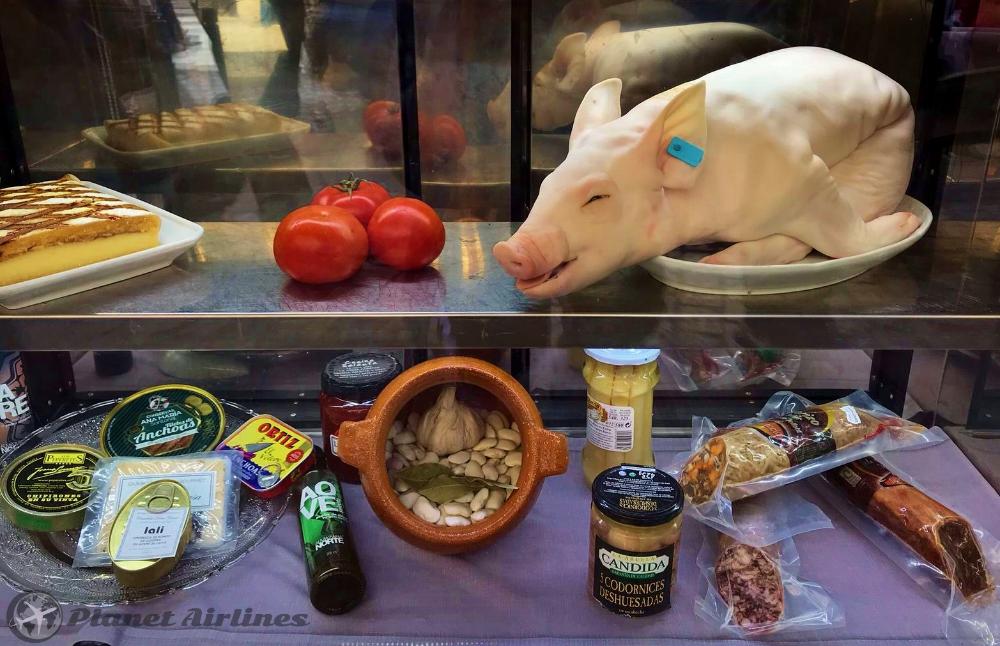
The main highlights to see in Segovia are the famous aqueduct, numerous Romanesque churches, the Cathedral and Fortress, named as "Alcazar". Also its popular to eat in Segovia and savour the city's most traditional dish: roast suckling pig. Moreover, Segovia is an excellent starting point to tour the province and visit La Granja Palace, as well as the Gorges of the Duratón River Nature Reserve.
- The Roman aqueduct in Azoguejo square, serves as the main entrance to the historic quarter of Segovia. This engineering gem, built under the Roman Empire (1st century AD), carried water to the elevated city from some 15 Km away. Its 163 arches and its height, some 29 m at its highest point, are supported by blocks of stone that are completely plaster, lead and mortar free.
- In the Old Quarter walled Segovia, the city reveals some important Medieval and Renaissance buildings, such as Casa de los Picos house, the Alhóndiga corn exchange and the Torreón de Los Lozoya tower. The first of these, dating from the 15th century. At the Town Hall, you will find the Plaza Mayor, the main square, with fresh markets during the morning. Another important jewel of Segovia is the Cathedral, it began to build in the 16th century, during the late Gothic period. Some parts of the old cathedral, such as its flamboyant Gothic cloister, the choir stalls and the main façade are worthy of special attention. The Cathedral Museum houses an important collection of religious art that has come down to us from several historical periods. Other places of interest are Church of San Andrés, Segovia Museum, Casa-Museo de Machado (house Museum), Muralla de Segovia (Segovia Medieval Wall) and the Tower of Hercules.
- Walking from the Cathedral along "Calle Marqués del Arco" street to the end you will come across with the outline of the Alcázar Fortress, behind the Queen Victoria Eugenia Gardens (this is the spot where the old cathedral stood). The exterior of the fortress as a whole makes quite an impact on the visitor given its 80 m high tower, its other twelve turrets and its defensive moat. Several courtyards and buildings can be visited, and it is even possible to climb the battlement tower and admire a panoramic view of the Segovian landscape, for €5.




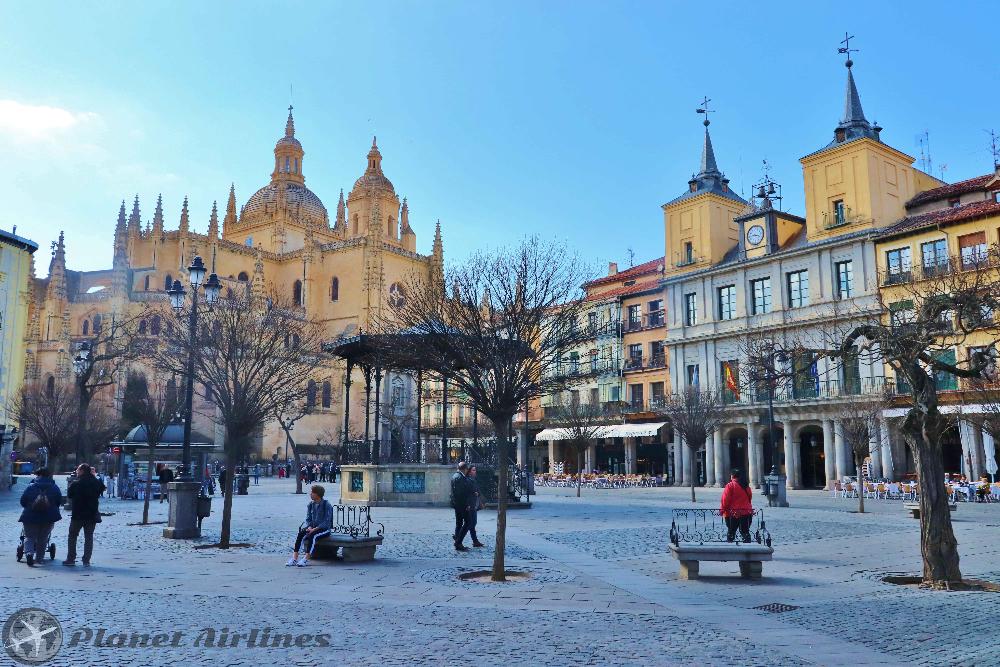

Segovia does offer more options for accomodation, hotels offering decent levels of service and well located in the centre are the best for the higher end, with hotel rooms costing 60-80€ per night. You can find cheaper hotels and "hostales" (spanish hostels) a little out of the centre, where a little more walking is required, but it's not far, as the city is not that big. Hostels will cost around 25€ per room.
Coming to Segovia from Madrid on a day trip is how most people come to visit the city. If you are agile and like to walk, then half a day is enough to walk around the city and go to a few of the city's highlights and havin a meal in Segovia. Otherwise one day is enough coming by bus from Madrid. If you come from further away and want to relax in the city two nights is sufficient.
Segovia Photo Gallery 📷

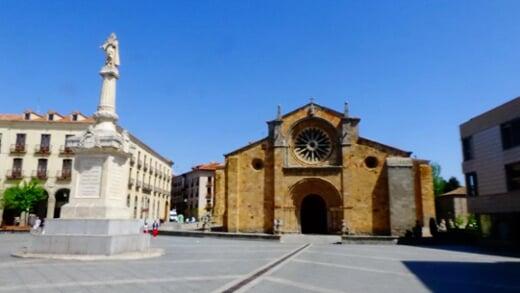
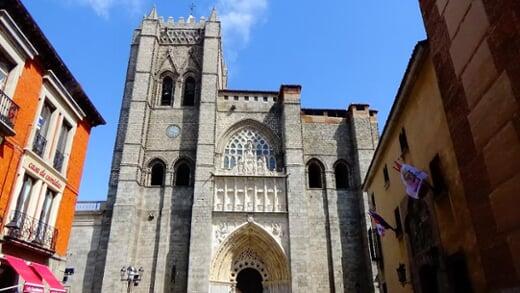
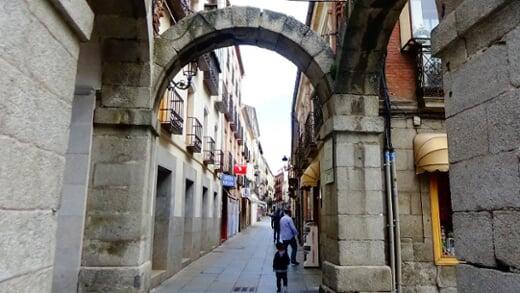
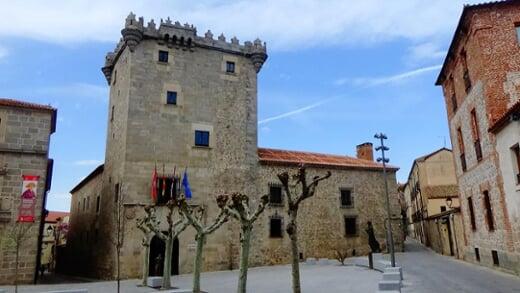
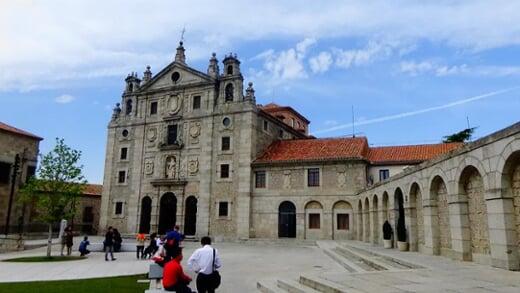
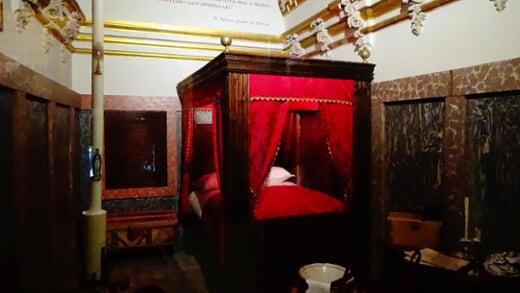
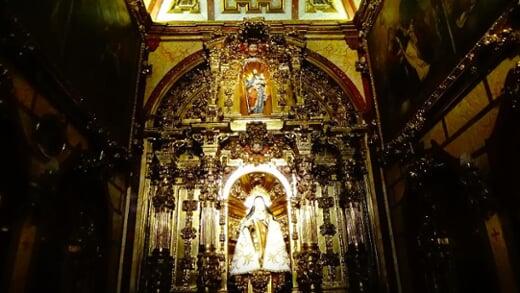
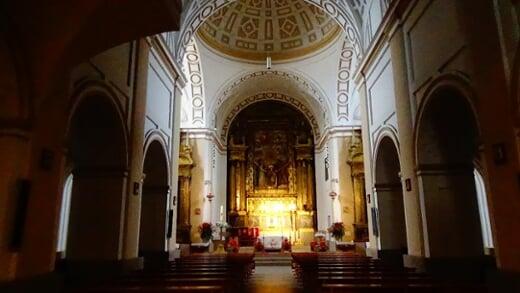
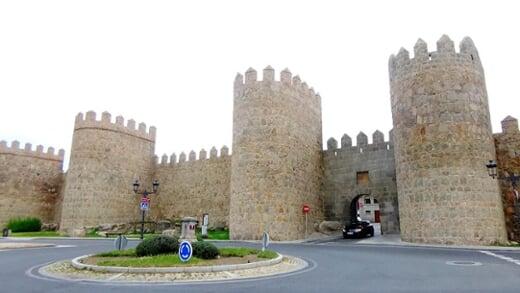

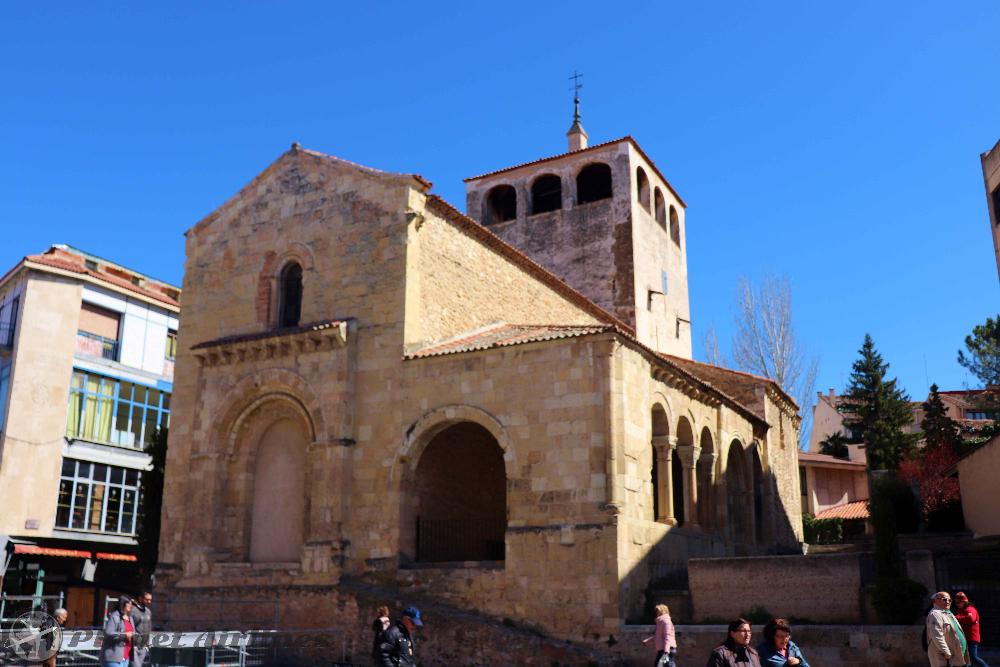




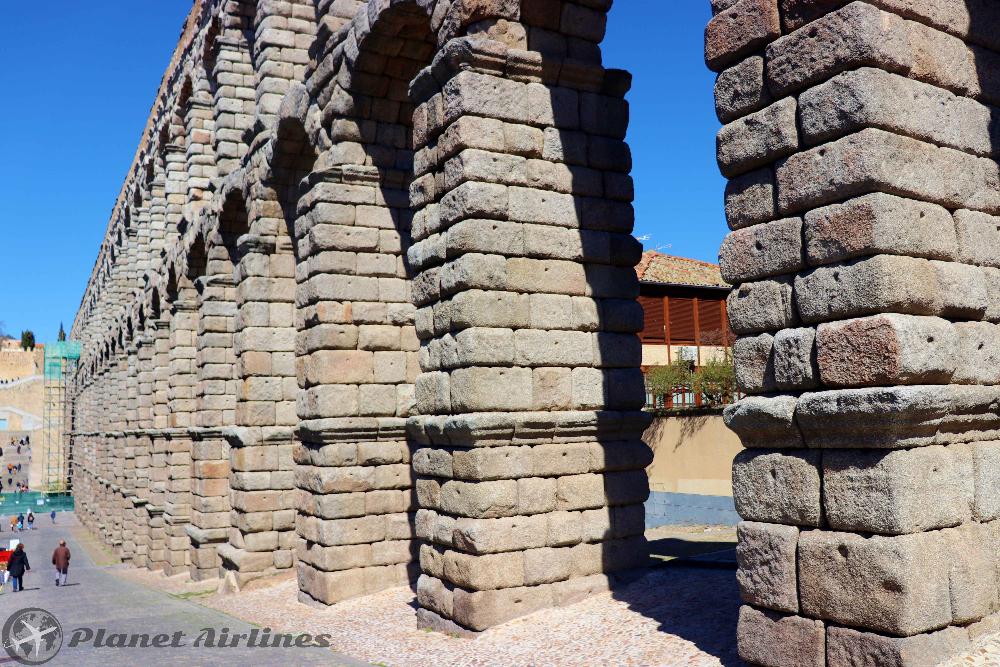





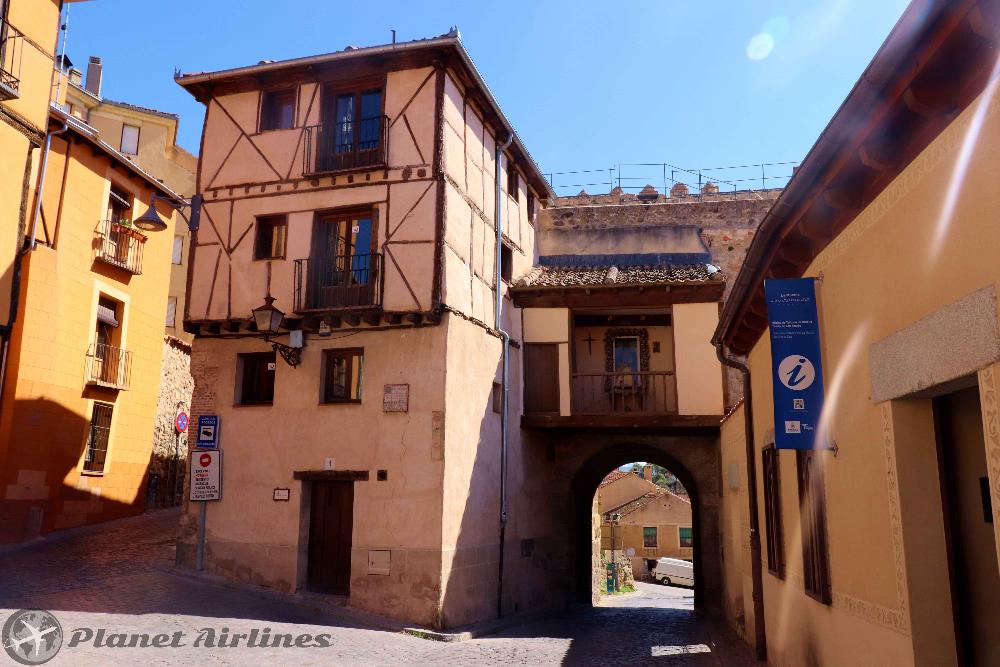



.png)